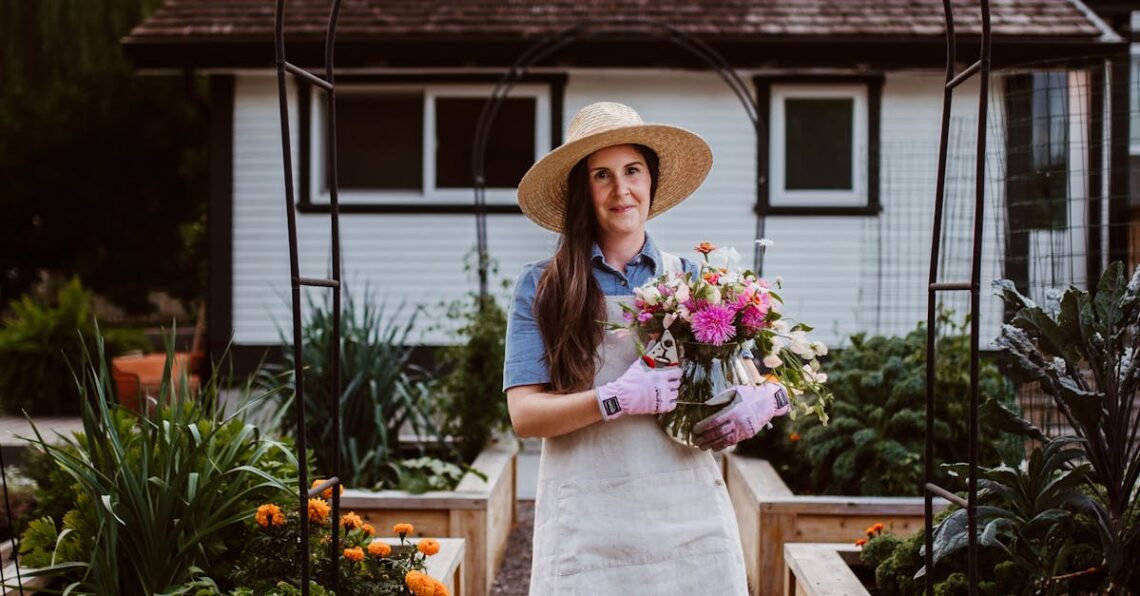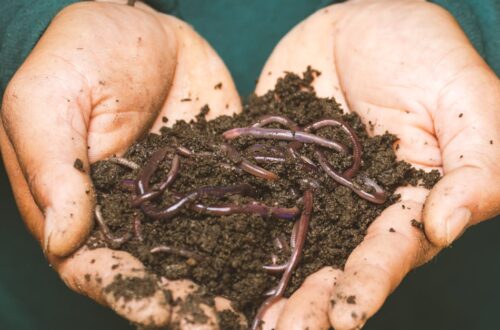Creating a beautiful and functional raised garden bed has never been easier, especially when you can utilize repurposed pallets. Not only is this an eco-friendly approach, but it also allows you to design a custom garden space for your home. This step-by-step guide will provide you with all the insights needed to elevate your gardening game. If you’ve ever wondered how to make raised garden bed from pallets, you’re in the right place! Get ready to grow your own vegetables and flowers in an efficient and sustainable manner.
Understanding the Benefits of Raised Garden Beds
Raised garden beds offer numerous advantages for both novice and experienced gardeners. They promote improved drainage, allowing excess water to escape and preventing root rot. This is crucial for plant vitality, especially in regions with heavy rainfall. Moreover, raised beds serve as a natural barrier against pests, reducing the need for pesticide use. The elevation makes it challenging for certain pests to access the plants. Additionally, gardeners can enhance soil quality effortlessly by filling the beds with nutrient-rich compost, ensuring optimal growing conditions for plants. Embracing the simplicity of how to make raised garden bed from pallets can lead to a fruitful gardening experience. Start yours today!
Improved Drainage
With raised beds, water drains effectively, ensuring healthy root systems.
Pest Control
The elevation acts as a barrier against common pests.
Soil Quality Enhancement
Using rich compost in raised beds improves soil fertility.

Materials Required for Constructing Raised Garden Beds
When embarking on the journey of creating a raised garden bed, it’s essential to gather the right materials. The primary component is, of course, the pallets. Look for heat-treated or untreated pallets that are in good condition, as damaged or chemically-treated wood can jeopardize your plants’ health. You may also want to collect additional materials such as landscape fabric, screws, and a drill to ensure stability and proper drainage in your garden bed. Understanding how to make raised garden bed from pallets involves these key materials to create a sustainable gardening solution.
Types of Pallets
There are mainly two types of pallets: the wooden pallets, which are common and easily available, and plastic pallets, which offer durability but may not be as eco-friendly. Choose what best fits your gardening needs.
Additional Materials Needed
Apart from pallets, you will need screws for assembly, a drill for precise fitting, and landscape fabric to line the bottom for improved drainage. This ensures that your raised bed functions effectively.

Preparation Steps Before Building
Before diving into how to make raised garden bed from pallets, it’s essential to prepare properly. Start by selecting a sunny location that receives at least six hours of sunlight daily; this will promote healthy plant growth. Additionally, assess your available space—keeping your garden bed accessible for maintenance is crucial. Once you’ve chosen the site, clear away any debris, weeds, or grass. This ensures a clean foundation for your pallets. Finally, level the ground to provide stability, enhancing drainage and preventing water pooling. Taking these initial steps will lead to a successful raised garden bed setup, allowing your plants to thrive efficiently.
Choosing the Right Location
Choosing an appropriate spot for your raised garden bed maximizes sunlight and water drainage, fostering plant health.
Preparing the Site
Prepare the area by clearing debris and leveling the ground, creating an ideal foundation for your plants.

Building the Raised Garden Bed
Building a raised garden bed from pallets is an eco-friendly way to repurpose materials for gardening. Begin by disassembling the pallets carefully, using a pry bar and hammer to avoid damaging the wood. For best results, choose sturdy pallets with no chemicals or rot. Next, assemble the frame, ensuring it’s square for stability. A typical size is 4 feet by 8 feet, but adjust based on your space. Lastly, install the bottom board to prevent weeds and pests. This base can be made from additional wooden slats or landscape fabric. This project not only enriches your garden but is also a sustainable option for backyard enthusiasts.
Step 1: Disassemble the Pallets
Carefully dismantle pallets using the right tools to preserve the wood.
Step 2: Assemble the Frame
Create a sturdy frame ensuring corners are square for stability.
Step 3: Install the Bottom Board
Add a bottom board to the frame to keep out weeds and pests.

Filling Your Raised Garden Bed
Filling your raised garden bed correctly is crucial for healthy plant growth. Start by choosing a high-quality soil mix. A blend of topsoil, compost, and peat moss offers essential nutrients and promotes drainage. Research shows that using 60% topsoil and 40% compost creates an ideal growing medium for most vegetables. Additionally, adding organic materials like aged manure or leaf mulch enriches the soil, enhancing its structure and moisture retention. Aim for a depth of at least 12 inches to ensure your plants thrive. After filling, level the soil and water it thoroughly before planting. This preparation sets the foundation for a successful garden that will yield plentiful harvests! Incorporate these practices for optimal growth, ensuring your gardening experience is fruitful and rewarding.
Choosing the Soil Mix
Select a well-draining soil mix for optimal plant health. A combination of topsoil, compost, and peat moss works best.
Adding Organic Materials
Incorporate organic materials like compost and aged manure to enrich your soil, improving nutrition and moisture retention.

Planting in Your Raised Garden Bed
When planning your raised garden bed, selecting the right vegetables and herbs is crucial. Consider seasonality, plant compatibility, and growth requirements. Plants like tomatoes, peppers, and basil thrive in full sun, while lettuce and spinach prefer partial shade. Pairing compatible plants can enhance growth; for instance, growing basil alongside tomatoes can improve flavor and deter pests. Additionally, managing space is essential. Ideally, plants should be spaced according to their mature size, allowing for air circulation and access to sunlight. Proper spacing prevents overcrowding, fostering healthy growth and maximizing your garden’s yield. With careful selection and spacing, your raised garden bed will flourish and provide bountiful produce for your table, ensuring a satisfying gardening experience.
Selecting Vegetables and Herbs
Opt for plants suited for your climate and choose companions that benefit each other.
Indicators for Plant Spacing
Follow spacing guidelines based on plant types to ensure optimal growth.

Maintaining Your Garden Bed Throughout the Season
Maintaining your raised garden bed is essential for a thriving garden. Regular watering is key, especially during hot months. Aim to water deeply twice a week, adjusting based on rainfall. Consider mulch to retain moisture and reduce weeds. Additionally, monitor soil moisture with a simple probe to avoid overwatering. Fertilization plays a crucial role; using organic compost boosts soil nutrients. Apply a balanced fertilizer every 4-6 weeks during the growing season to support plant health. Always follow package directions for optimal results. Consistent care through proper watering and fertilization will ensure fruitful yields throughout the season, turning your garden into a lush paradise.
Watering Schedule
Establish a routine to keep plants hydrated. Water deeply twice a week, increasing frequency in dry spells. Using drip irrigation can enhance efficiency.
Fertilization Tips
Feed your plants with organic compost or balanced fertilizers every month. This enriches soil health and promotes growth.

Conclusion
Building a raised garden bed out of pallets is not only a fantastic way to upcycle wood but also an effective method for enhancing your gardening experience. Now that you have learned how to make raised garden bed from pallets, it’s time to sow those seeds and watch your garden flourish!






